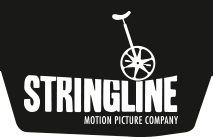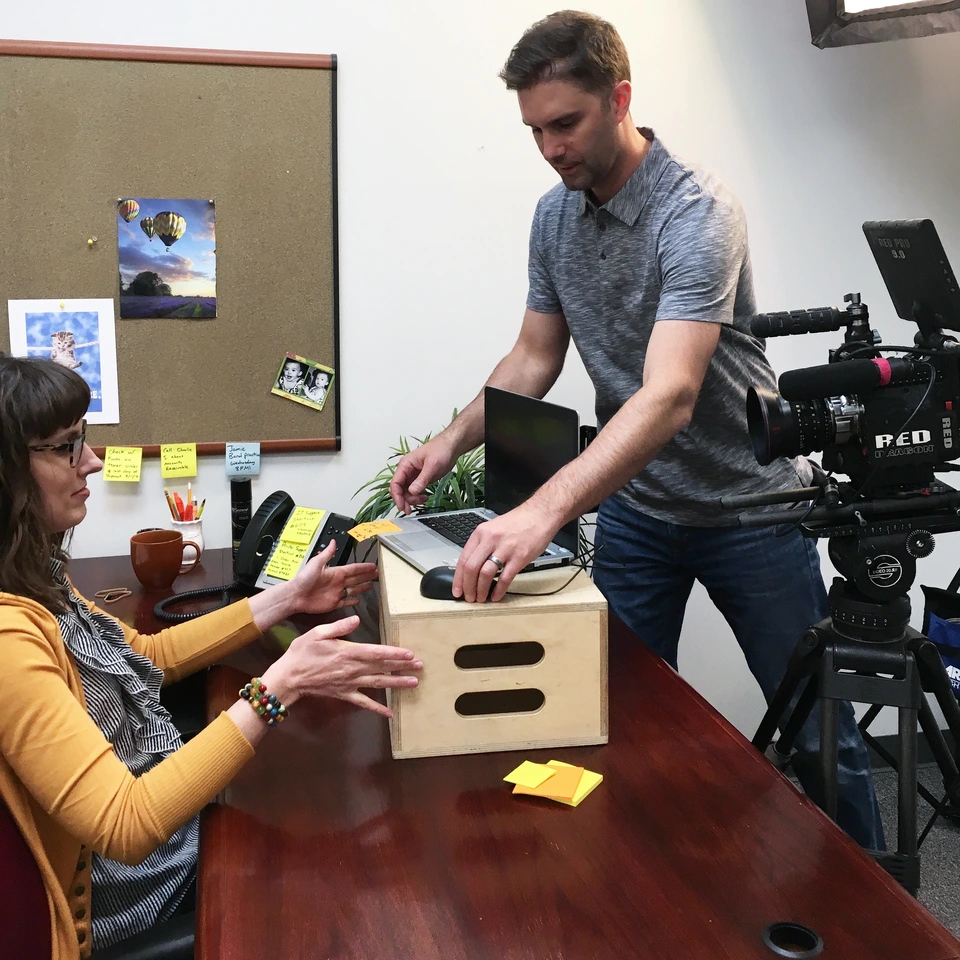How to Make a Training Video: Integrating Story With Training
We’ve all been there. It’s the first day of a new job, and you’re in a stuffy room with a few other new hires. There’s a person standing at a podium at the front of the room who continuously presses play on a series of videos and asks, “Any questions?”
You’re fighting against your heavy eyelids and reminding yourself that it’s not acceptable to fall asleep on the first day of work…
Now, you’re in the driver’s seat, and you desperately want to spare your employees or customers from a training video that’s more boring than waiting in line at the post office. You (and your audience) will be glad that you stumbled on this blog that will teach you how to make a training video with effective and engaging storytelling.
What Is the Purpose of a Training Video?
Any video that provides applicable knowledge or teaches someone how to do something can be defined as a training video. Training videos are used to train new employees, teach laypeople how to do a certain task, or demonstrate a product or software. They can be used in both corporate and non-corporate settings.
Many people and companies turn to training videos because they offer many benefits, including:
- Video is more vividly engaging than reading text alone.
- Using videos increases knowledge retention.
- Standardized videos help reduce training costs, especially for large or dispersed companies.
- Training videos can be re-watched and accessed at any time, making it easier for employees or customers to refresh their memory wherever they need the boost.
- Using videos helps create consistency across training strategies.
Why Storytelling Is Effective
Training videos are popular in corporate settings, and they can be incredibly useful if done right. However, “corporate” and “exciting” rarely go hand-in-hand.
In order for a training video to actually reap the benefits listed in the previous section, it needs to be engaging. If the viewer isn’t compelled to watch and instead checks out a few minutes or seconds into the video, they won’t retain the knowledge you want them to.
That’s where storytelling comes in. It is commonly recognized that storytelling sells. Numerous tests have been performed that demonstrate how customers are more inclined to purchase a product or service with a compelling story attached to it.
This same principle can be applied to training videos. The person watching your training video— whether that be a new employee or a homeowner watching a how-to video on YouTube— is far more likely to remain engaged with the video if it is humanized, creative, and relatable.
Some simple ways to incorporate storytelling into your training video are:
- Use real-life “what-if” scenarios
- Don’t shy away from humor
- Share the “why” of how a certain process came to be
- Add graphics and animation
How to Make a Training Video in 4 Steps
Making your own training video is easier than you may think; however, it will require creativity and dedication. If you have an in-house video team, you can utilize them to create your training videos. Otherwise, a fantastic option that many companies go with is utilizing a professional video production agency.
Follow these four steps to be well on your way to creating a training video:
Step 1: Pick Your Topic and Video Type
Relevance is critical in training videos. Before you do anything else, select a useful and relevant topic to center your video around. If you want to train someone on how to properly chop vegetables at a restaurant, don’t stray into information about how to request paid time off. At the end of the day, people give their attention to videos if they’re genuinely interested in the topic at hand.
Additionally, you should choose the type of video you want to create. There are a few different video types you can call on for training videos, including:
1) Presenter Video
Presenter-style videos (or instructor-led videos) feature a person who looks directly through the camera and addresses the audience as if they were in the same room together. These videos are best for delivering instructions, informing staff members of changes, or replacing a traditional “classroom” training session.
Additionally, many DIY or how-to videos on YouTube follow the presenter format. In these tutorial videos, a person walks the audience through how to use a product or service or how to complete a task.
2) Role Play Video
For job positions that require frequent social interactions, a role-playing video is a great option. In these employee training videos, a scenario is acted out to help the viewer understand how common interactions may go. It’s a wise idea to use examples of less common or challenging scenarios so that your employees are prepared.
3) Animation
Animated training videos used animated visuals to get the necessary message across. While these videos do require specialized technical and artistic skill to create, they’re often one of the most engaging videos you can make for training purposes.
4) Micro Video
The average human attention span is just 8.25 seconds. Platforms like TikTok have found massive success with shorter videos, and your training videos may reap the same benefits.
A micro video is a short video that’s usually only 5-15 seconds long. These videos demonstrate a single process or concept. If you have numerous simple processes to teach, micro videos could be a great resource.
5) Screencast
If you need to train someone how to use software or a new computer system, a screen recording video can sometimes be the most effective way to demonstrate the necessary steps. Use screen capture software to record these videos.
6) Interactive Videos
Finally, another great way to keep your audience engaged is by using an interactive video. In these videos, the content will pause, and viewers will be tasked with responding to the situation. Then, the video continues based on what the viewer chose, and they can see how the situation resolves based on their decision. These videos get people talking and thinking out loud, which can help their knowledge retention.
Step 2: Create a Storyboard and Script
The script is the key to an engaging training video. If your words are dry, uninspired, or haphazard, you’ll quickly lose your audience’s attention. Be sure to work with a creative, professional writer to ensure a successful script.
One of the best ways to finalize your script is by creating a storyboard. This can help you plan exactly what you need when it comes time to shoot so that you don’t waste time or run into obstacles.
Step 3: Record the Video
When you have a script and know what type of video you want to create, it’s time to officially record your video. Be sure to secure a “face” for the video— whether that be a professional actor or an in-house employee representative. If you use a professional actor, it’s best to work with a local talent agency.
Either your in-house video team will take the reins on the recording, or you can outsource this task to a professional video production agency.
Step 4: Make Final Touches With Editing
Before you distribute your training video on YouTube or within your company, take the time to put the finishing touches on it with editing. Your editing can be as simple as cutting out negative space or as detailed as colorizing, improving sound quality, and adding music.
Once you have an edited video, you can distribute and share it to the necessary channels.
Want a High-Quality Result? Leave It to the Pros
Even though you can make a simple training video on your smartphone, using resources to ensure a high-quality product will help your audience remain more engaged and retain more information in the long run.
The experienced video producers at Stringline Pictures have mastered the fine line between creative storytelling and technical production. Whether you need help with scripting, recording, editing, or all of the above, our friendly team knows exactly how to deliver the product you need.
Our team has over 15 years of experience creating corporate training videos! Why not tell us your idea and see how we can bring your vision to life while you focus on what you do best?




